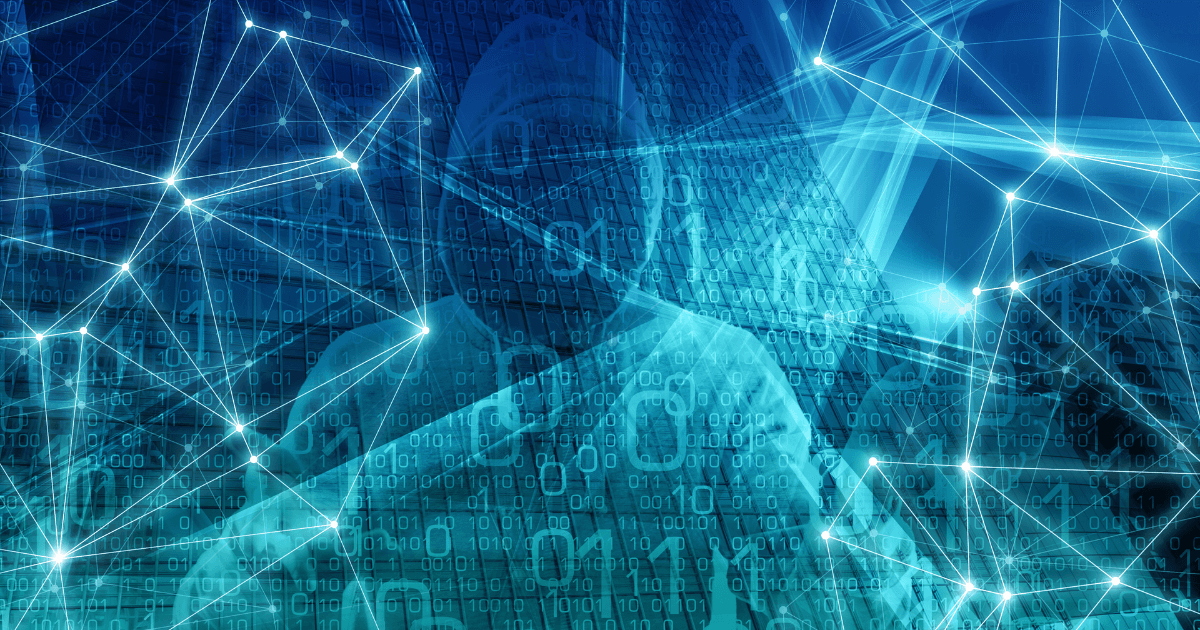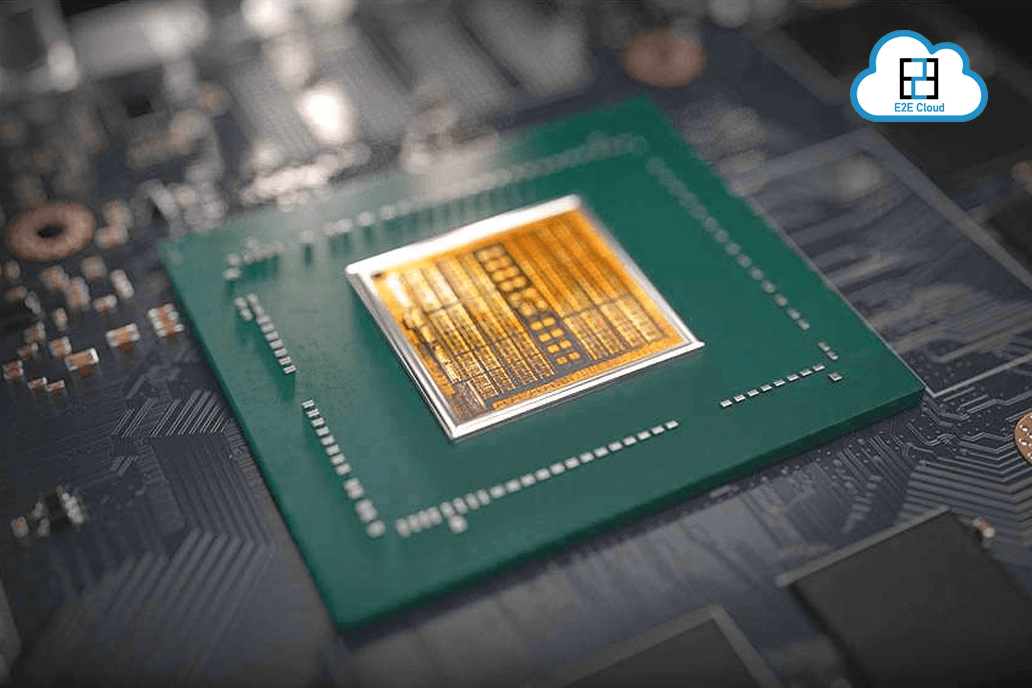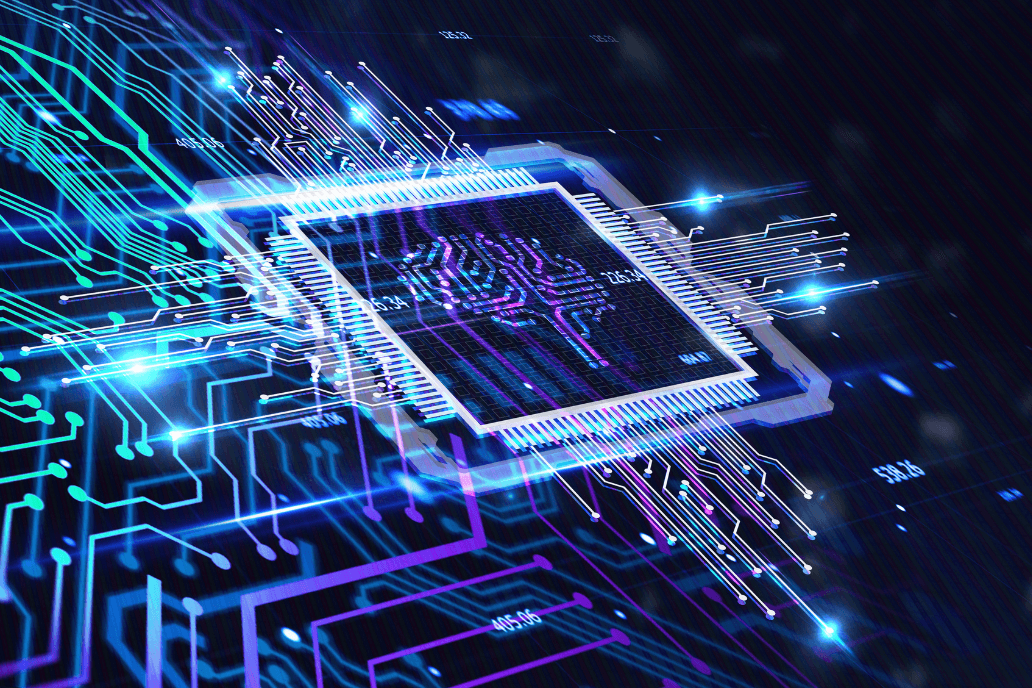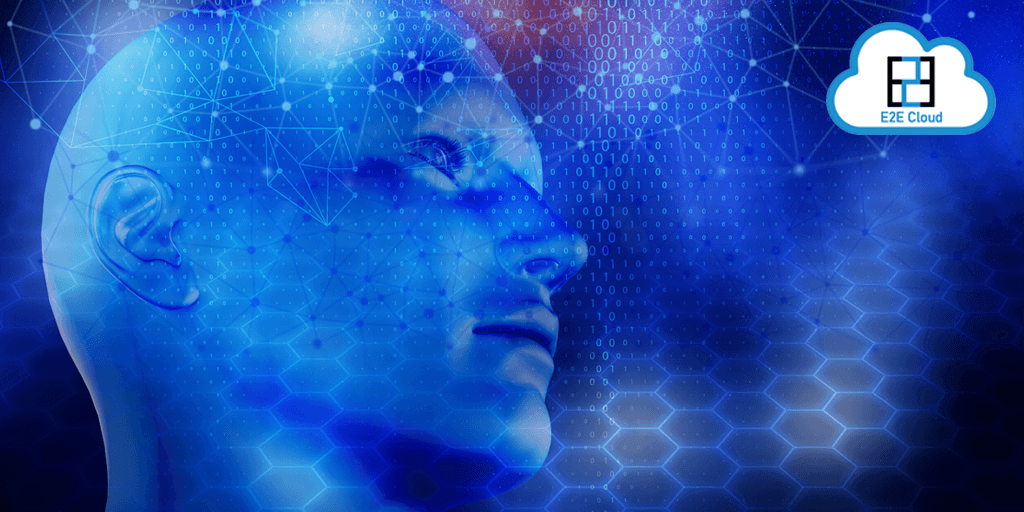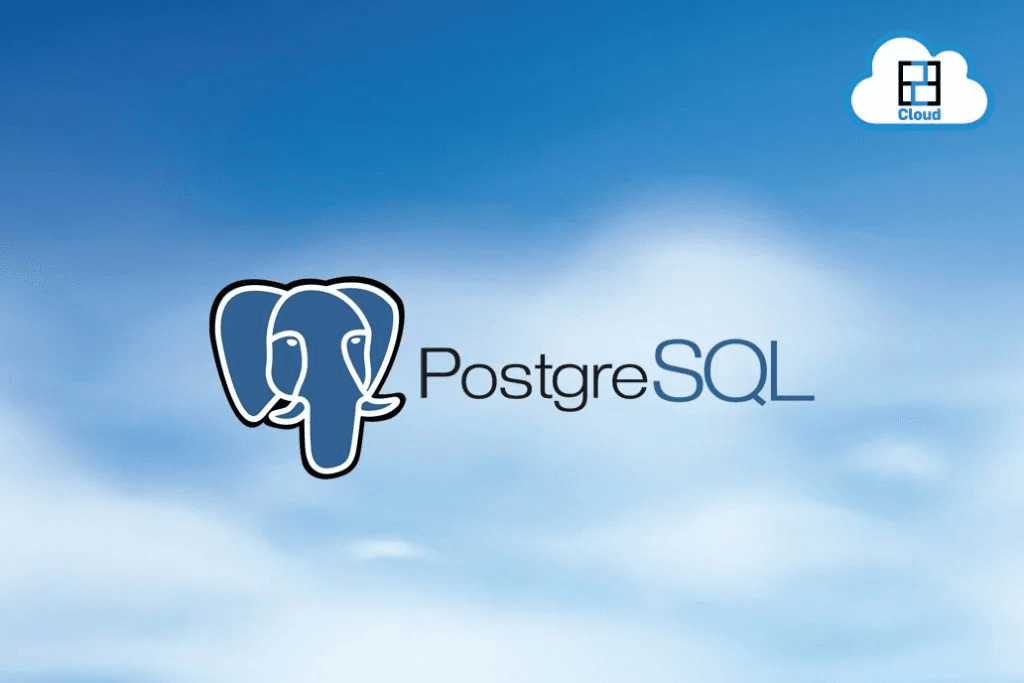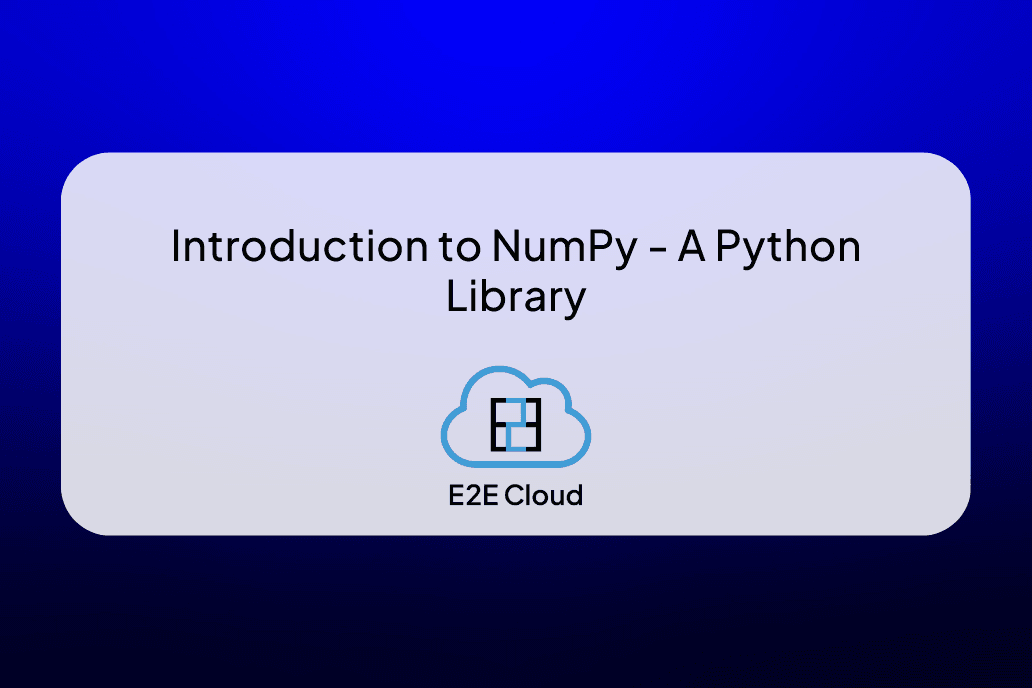A well configured and optimized website can be highly performant and can handle multiple requests simultaneously. Likewise, a poorly optimized site can be very slow for its users and will acquire high resources even to run a single query.
Below are some ways which can help you to optimize your Drupal websites.
Optimize images, CSS and Javascript files
Images take more than half of the weight of a web page. So optimizing these images is a must.
Advanced CSS/JS module aggregates and compresses CSS & JavaScript files to speed up your website.
Drupal 8 has the ability to resize the images.
Note:- The smaller the size of the images, the smaller the bandwidth it will require to load up, and the faster the website will be.
Use Drupal Latest Version
Always update the Drupal to its latest version. As with every update, it brings lots of features.
They keep removing the bugs, which in return can help to speed up your website.
Disable Drupal Unnecessary Modules
Keeping unnecessary modules can degrade your website performance as it will require/ consume memory, which can be used to optimize your website. Below are some modules which you may disable for your website.
Dashboard
Blog and Forum
Field, Rules and Views UI
Update Manager
Help and Shortcut
Database Logging
Color and Toolbar
Module Filter
Tracker and Statistics
Devel and Devel node access
Error 404
Some errors, like broken websites and slowdown in loading the images, may reduce your website performance. So recommended improving the performance of an error-free website is important.
There is one most common error i.e 404 error, it is an example of a broken link. It can be resolved by using external services like "Online Broken Link Checker" or "Screaming Frog."
Always choose a hosting plan with the best servers like The E2E Networks cloud
It's essential to have a server with better performance and can handle multiple requests at the same time.
Please don't go for a shared hosting service as they host multiple websites on a single server of different clients, which can make you share the necessary resources with another of their customers and can reduce the website performance.
You can go with VPS like E2E Networks. VPS with dedicated resources, and you can configure according to your requirements.
Drupal Lazy Loading Feature
Using the "Image Lazyloader" module provided by Drupal, you can effectively increase the website performance. Currently, this module has over 20,000 downloads, which makes it the most likable module for the developers. It increases the page load times by making sure that the image will only load when it is visible to the end-user.
Using "Image Resize Filter" module, you can scale down the image so that you don't need to depend on CSS to scale the images when you use them on your website.
Use Drupal Caching Module
With the help caching method, we can improve the web page loading speed exponentially. This method is used when someone visits your website from their web browser. The only disadvantage is it depends on the cache stored in the client's system, as they have to clear the cache of their system on a regular basis.
Drupal 8 has its built-in method to enable the cache. However, one can still install additional caching modules that make Drupal scales such as Web Page Caching, Views Caching, Panel Caching, PHP-Caching, and Browser-Caching.


